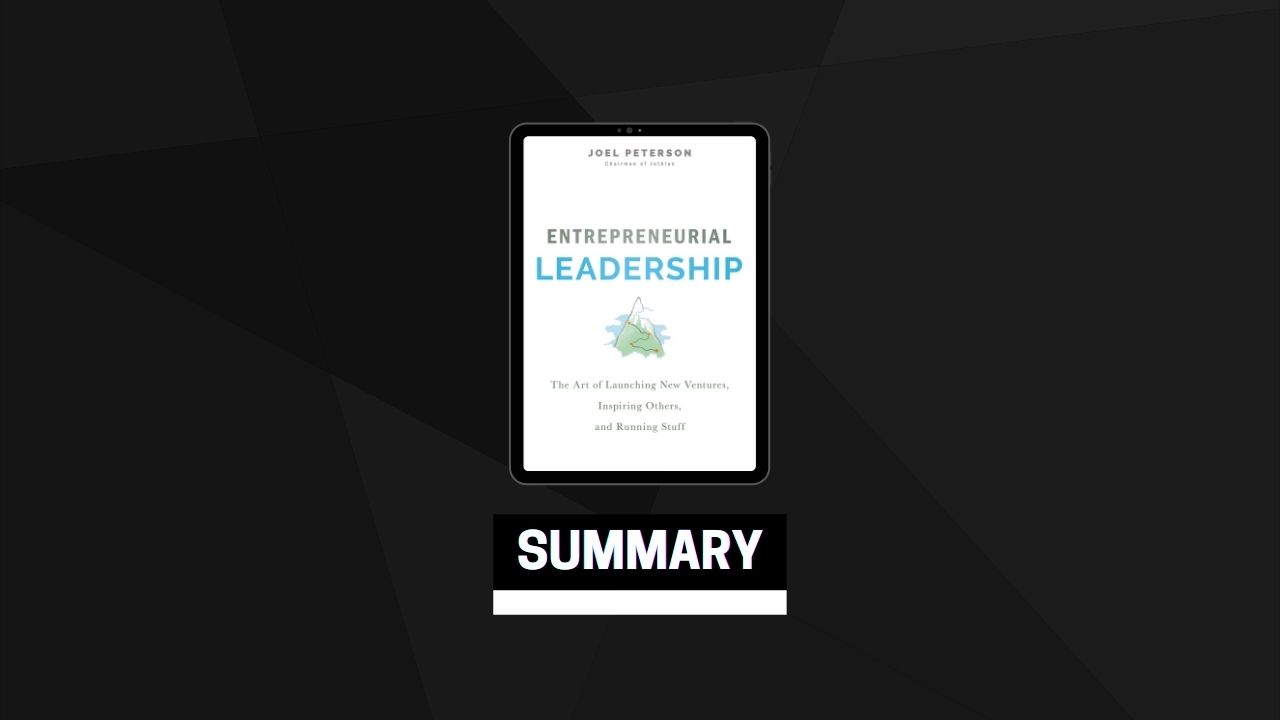STEP 1: ASSESSING CORE VALUES
Identify your core values by making a clear-eyed assessment of where you spend your time, money, and mind share. Then decide if your values are getting in the way of your effectiveness.
Evaluate how you might increase your tendency to (1) run toward the fire, (2) display a version of integrity that aligns actions with utterance, and (3) demonstrate dogged persistence.
Take on hard work and service to others without obvious remuneration to better appreciate the plight of others you may be called upon to lead.
STEP 2: REWRITING YOUR OPERATING SYSTEM
Recognize that you are the “master of your fate, the captain of your soul” (read “Invictus” by William Ernest Henley) and are capable of developing the operating system you want to have.
Create three mantras that address the obstacles most in the way of your effectiveness, then repeat them as you harvest feedback until they become a natural response.
Realize you will need different operating systems for different tasks as you move from manager to leader. Be flexible and patient with yourself as you try on different lenses.
STEP 3: ESTABLISHING YOUR PERSONAL BRAND
Choose the five attributes you would like to have associated with your personal brand. Behave in ways that allow others to see these qualities in you.
Eschew social media and self-promotion as foundational for building a powerful, durable, reliable personal brand.
Don’t let your brand limit you to the familiar. Understand your meta brand and its possibilities.
STEP 4: PROTECTING YOUR PERSONAL LIFE
Set boundaries on your work to make room for nonwork interests and commitments.
Operationalize those commitments, giving them the same priority you give to professional assignments and career rewards.
Expect to be “out-of-balance” during certain seasons, but don’t abandon the need to reprioritize and rebalance your priorities.
STEP 1: FINDING MEANING
Work hard to articulate a clear purpose, a desired end result, what winning looks like.
Differentiate between (1) your values—where you spend your time, money, and mind share, (2) your mission—what describes your unique purpose, and (3) your tagline—what your customers will see as your “promise” to them.
Extend this notion of mission to everything you do.
STEP 2: SETTING MAD GOALS
Break down your mission into a limited number of goals that can be measured by meaningful, quantified, and time-bound deliverables.
Ensure your goals align with your values and with the actions necessary to achieve them.
Make sure everyone in your organization can recite its top three goals.
STEP 3: BUILDING ALIGNMENT
Know that companies will fail to achieve their missions without alignment and, in contrast, will often succeed almost effortlessly when everyone is on the same page and all behaviors are self-reinforcing
Correct misalignments unless they are over values. When values aren’t aligned, someone must leave the organization.
STEP 4: CRAFTING A CULTURE
Consider culture a valuable off-balance-sheet asset that—unlike products or delivery systems—cannot easily be copied by competitors.
Invest in culture by rewarding those who behave consistently with it and coaching or removing those who violate it.
Collect and recount hero stories that illustrate the most important elements of culture, recognizing and rewarding culture carriers.
STEP 1: HIRING GREAT PEOPLE
Consider the process of writing the job description, sourcing candidates, interviewing them, onboarding new hires, giving assignments and feedback, reassignments, and coaching your most important jobs as an entrepreneurial leader.
Learn from your mistakes. No one gets hiring right all the time. Figure out the pattern of your missteps and make adjustments.
Hire for values consistency, an ability to work well with others, and specific skills—in that order.
STEP 2: DEMONSTRATING EFFECTIVE ATTITUDES
People don’t just listen to what is said. They are also highly attuned to what’s behind actions and behaviors
If you’re going to implement change based on power, expect that change to be transitory—and expect a replacement to find that change hard to maintain.
STEP 3: HELPING PEOPLE IMPROVE
Learn to give—and to receive—regular feedback, embracing the ten feedback rules until they come naturally.
Make feedback fun, a way to learn and to grow, never taking offense, always seeing it as information that can either be incorporated or ignored.
Consider hiring a coach to help you gain the skills you need, just as if you were an elite athlete.
STEP 4: FIRING WITH EMPATHY
As an entrepreneurial leader, your job is to put the best team on the field at all times. You owe it to those who stay to not burden them with those who should move on.
As with any activity that requires skill, removing people from the team takes practice.
Since removing a teammate is an emotional and difficult passage for all, be gracious, generous, and thoughtful, remembering that you, too, failed to make the situation work.
MAP 1: HOW TO MAKE DECISIONS
Decisions are destiny, so take them seriously—but not so seriously that they paralyze you. Most can be fixed.
When you make a mistake, admit it, apologize, fix it, and move on determined to learn, developing pattern recognition that allows you to make better decisions next time.
It’s all the little decisions after the big ones that make the difference. Don’t ignore the granular. As an entrepreneurial leader, you need to learn to alternate between flying just above the trees and at thirty thousand feet.
MAP 2: HOW TO SELL
Imagine sales as a way to delight others, to solve their problems, to make their lives better—and become adept at it.
Consider customer service a form of sales. Put as much energy and attention into it as when making initial sales.
Build and nourish a network without regard to instant returns. Imagine planting trees under which a next generation will sit.
MAP 3: HOW TO NEGOTIATE
Think of negotiation as a conversation—one in which you’re “solving for fair.” Imagine negotiations as serial, not episodic, and use them to build a brand: a reputation that will follow you for your entire career.
Extracting one killer deal can turn out to be costly in the long run, because you may forfeit a chance to do more business with a counterparty or simply have to live with an unstable agreement.
Treating a negotiation as a boxing match will mean a lot of unnecessary headaches—and punches that should have never been thrown.
MAP 4: HOW TO RAISE CAPITAL
Interview potential sources of capital the way you would a new recruit. They bring more than just capital. The best bring ideas, contacts, and support. The worst bring headaches.
Too much debt can imperil the business. Too much equity can make it hard to earn a return that exceeds your weighted average cost of capital. Pay close attention to capital structure, because it can influence success or failure.
Raise capital before you need it. Waiting too long can reduce options, making it harder to get the resources you need.
MAP 5: HOW TO COMMUNICATE
Communicate lavishly. This is best done by crisp, clear, tothe-point communications, not by long, rambling presentations that the organization will ultimately learn to ignore.
Devote considerable time and energy to listening, to capturing what others are saying, to seeking input. This effort not only collects substantive help, it communicates respect.
Don’t plow around disappointing news. People are smart. They’ll respect a leader who trusts them with the truth.
MAP 6: HOW TO RUN GREAT MEETINGS
Your effectiveness as an entrepreneurial leader will depend, to a large degree, on your effectiveness in running meetings—from board meetings to one-on-one conversations to town hall gatherings.
Consider meetings an opportunity to train others to be on time, to expect to participate, to take on follow-up assignments, and to respect others’ time.
Don’t underestimate the power of urgency, meeting hygiene, and the promise of follow-up.
MAP 7: HOW TO USE A BOARD EFFECTIVELY
A board can either add value or destroy a company. Directors must work together as a team, understand their duties of care and loyalty to shareholders, and hold management accountable while serving as a resource.
Boards must be assembled with an eye not just toward functional competencies but also for judgment, wisdom, and courage.
There are best practices for board development, meetings, and follow-up. Set norms at the outset, “socialize” issues prior to the meeting, and follow the rules for building an agenda and running a board meeting.
MAP 8: HOW TO OVERCOME ADVERSITY
Adversity tests teams, builds strength, forces creativity, and can, if well managed, increase esprit de corps.
Turnaround principles are nothing more than good management under duress, and entrepreneurial leaders apply the same disciplines before problems are acute.
Failure is not the worst outcome of a turnaround. Giving up before you need to or giving in to breaches of trust are worse and can be fatal to your brand.
MAP 9: HOW TO SURVIVE GROWTH
Every entrepreneurial leader desires growth, but growth comes with risk—in particular, for system breakdowns, financial strains, and organizational stress.
Organizations, like humans, go through predictable stages of growth. In the “toddler to adolescent” stages, the risks are more acute than in later stages. Recognizing the specific risks at each stage of growth make them easier to manage.
The potentially fatal founder’s trap usually raises its ugly head when growth outstrips existing systems, personnel, and structure.
MAP 10: HOW TO DRIVE CHANGE
Driving durable change is the essential job of the entrepreneurial leader and should be a top priority at every stage.
Entrepreneurial leaders must recognize that resistance to change is a part of the human condition and use the principles of managing change to lead others.
When people believe in an organization’s mission, the momentum for change is easier to develop.


